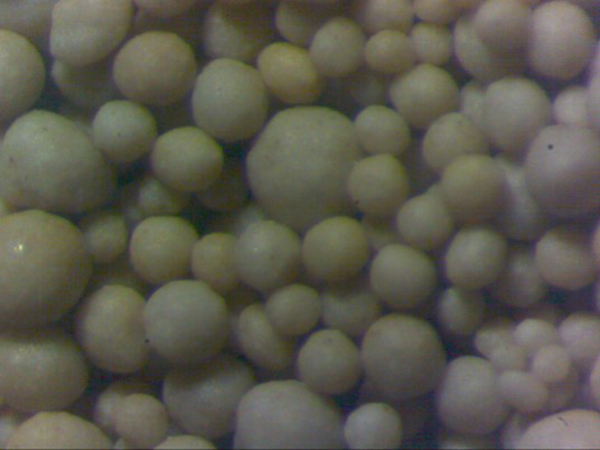Understanding Sand Casting Prices Factors and Insights
Sand casting is a widely-used manufacturing process that involves pouring molten metal into a sand mold to create various components. This versatile technique is popular in industries ranging from automotive to aerospace because it is cost-effective, suitable for creating complex shapes, and can produce parts in large quantities. However, one of the crucial aspects that companies must consider when opting for sand casting is the price involved. Understanding the factors that influence sand casting prices can help businesses make informed decisions.
Raw Material Costs
The primary factor influencing sand casting prices is the cost of raw materials. The quality of sand used for molding, along with other materials such as metal alloys, plays a significant role in the final price. High-quality silica sand is often expensive, but it can yield better surface finishes and more precise dimensions for the final product. Additionally, fluctuations in the prices of metal alloys can significantly impact overall costs, especially in a volatile market where demand and supply can change rapidly.
Mold and Tooling Expenses
Another critical factor is the cost of creating molds and tooling. Sand casting processes can be designed for low-volume production or mass production, which affects the tooling costs. For low-volume projects, the initial investment in mold creation can be spread over fewer parts, making each unit more expensive. Conversely, mass production allows for the amortization of those costs over a larger number of parts, thus lowering the per-unit price. However, the complexity of the design can also increase mold-making costs, as intricate shapes may require more advanced tooling.
Labor and Operations
sand casting price

Labor costs are another essential consideration. Sand casting is labor-intensive, especially when it comes to tasks such as mold preparation, metal pouring, and finishing work. The skill level and regional wage rates of the workforce can greatly affect the price. Companies operating in regions with higher labor costs may face challenges in maintaining competitive pricing. Additionally, the efficiency of the casting process and the experience of the workers can either drive prices up or down based on how quickly and effectively parts are produced.
Production Volume and Order Size
The size of the order significantly impacts sand casting prices. Smaller orders generally lead to higher per-unit costs due to the fixed costs of setup and production not being spread over a large enough quantity. Conversely, placing larger orders can provide economies of scale, resulting in lower prices per unit. Therefore, businesses often try to consolidate their casting needs to benefit from reduced pricing.
Post-Processing Requirements
Further adding to the complexity of sand casting pricing are any post-processing requirements. Surface treatments, machining, and finishing processes can add substantial costs to the initial casting price. Therefore, businesses must evaluate whether the desired finish can be achieved with minimal post-casting operations, or if they should budget for additional expenses.
Conclusion
In conclusion, understanding sand casting prices requires a comprehensive look at various factors, including raw material costs, mold and tooling expenses, labor rates, production volume, and post-processing needs. By considering these elements carefully, companies can make strategic decisions that align with their budget and production goals. Collaborating closely with a knowledgeable sand casting supplier can also help in navigating these complexities, ultimately leading to successful and cost-effective outcomes.
Post time:ต.ค. . 12, 2024 21:13
Next:Смоляные покрытия для шлифовки и улучшения качества поверхности
